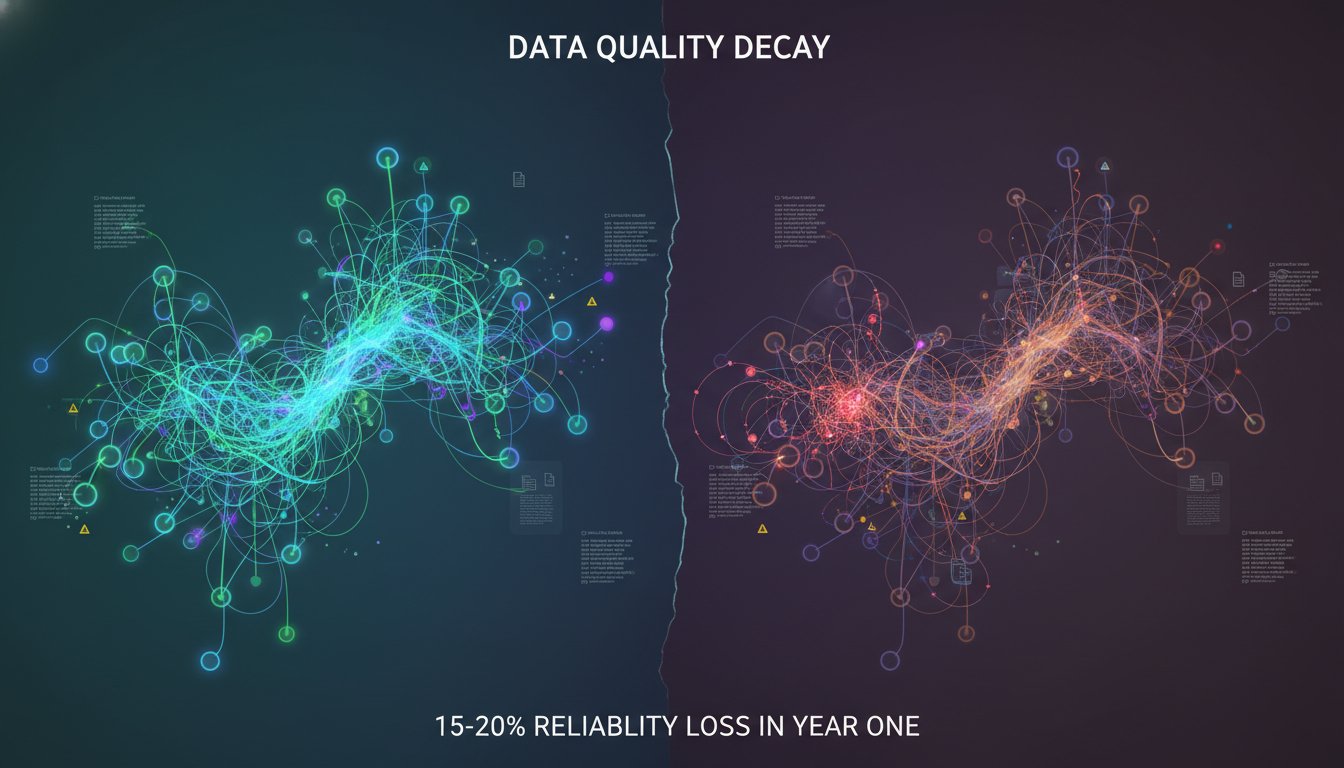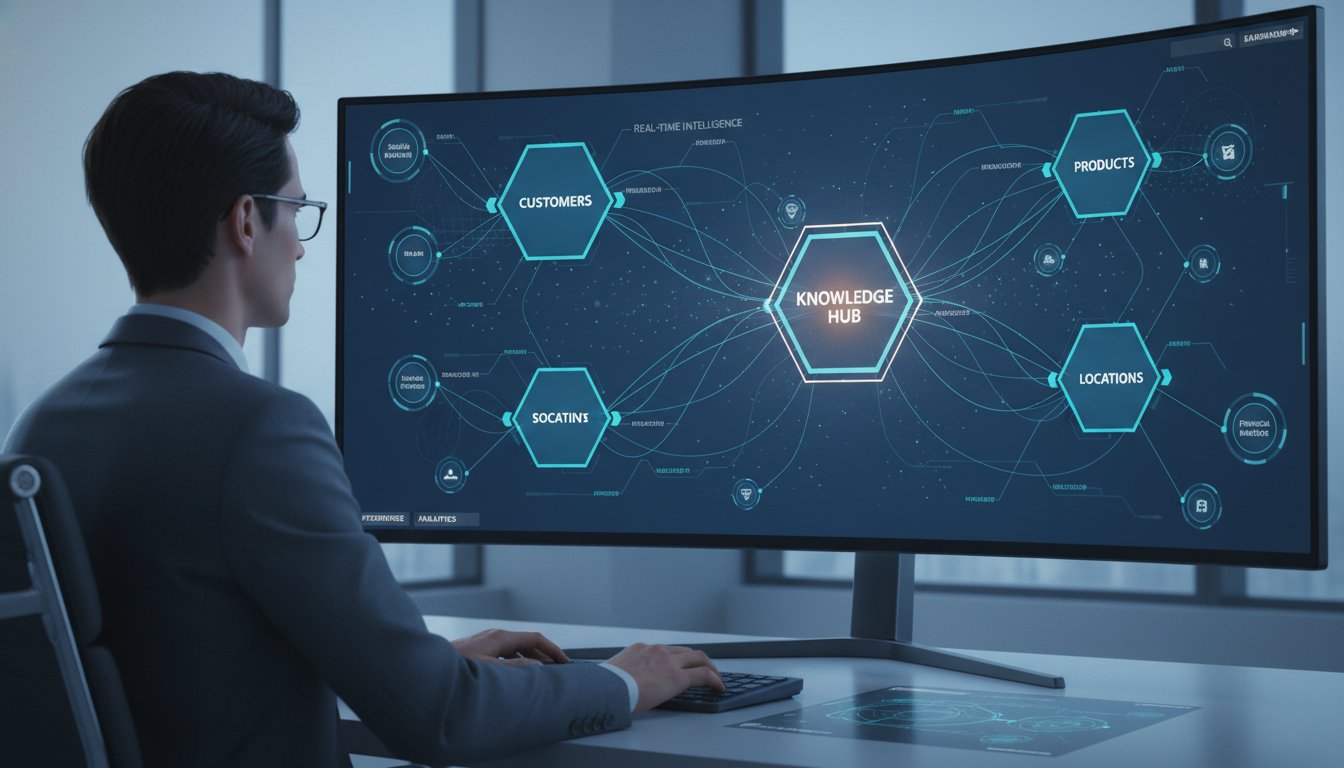Introduction to RAG Systems
Retrieval-Augmented Generation (RAG) represents a significant evolution in artificial intelligence, particularly within natural language processing (NLP). At its core, RAG ingeniously combines the capabilities of traditional information retrieval systems with the advanced generative powers of large language models (LLMs). This hybrid approach enables RAG systems to produce responses that are contextually relevant, factually accurate, and up-to-date.
The operational mechanics of RAG involve a sophisticated two-step process: retrieval and generation. Initially, when a query is input into the system, the RAG framework uses a vector database to efficiently retrieve pertinent information. This database can be vast and varied, encompassing everything from current financial reports to medical journals or comprehensive databases like Wikipedia. The retrieved data is then seamlessly integrated into the input of a generative LLM, such as GPT (Generative Pre-trained Transformer) or BERT (Bidirectional Encoder Representations from Transformers). This integration enriches the model’s context, enabling it to generate responses that are notably more precise and tailored to the user’s needs.
A standout feature of RAG is its ability to reduce ‘hallucination’, a common issue in LLMs where the model generates plausible but incorrect or irrelevant information. By grounding responses in retrieved data, RAG systems ensure a higher degree of reliability and factual integrity. Moreover, RAG systems are flexible enough to incorporate new data sources dynamically, allowing the system’s knowledge base to remain current without extensive model retraining.
Practical applications of RAG systems span various sectors. In healthcare, for example, a RAG-enhanced chatbot can access the latest medical research to provide up-to-date advice. In finance, analysts can obtain real-time market insights. This capability not only enhances the functionality of AI applications but also makes them invaluable tools in professional settings where accuracy and timely information are crucial.
Core Components of RAG Systems
Understanding the core components of Retrieval-Augmented Generation (RAG) systems is essential for software engineers aiming to implement or optimize these systems. Here are the key components that make up an effective RAG system:
1. Retrieval Component: This is the first step in the RAG process. It involves using a vector database or similar mechanism to fetch pertinent information based on the input query. Algorithms like BM25 or vector similarity searches power this component, sifting through vast datasets to find relevant documents or data snippets efficiently. The efficiency of this component is critical as it determines the relevance of the information fed into the generative model.
2. Generative Component: Once relevant information is retrieved, it is passed to the generative component. This part utilizes advanced language models such as GPT or BERT to synthesize and integrate the retrieved data into coherent and contextually appropriate responses. The generative model’s ability to use the context provided by the retrieval component is key to producing accurate and relevant outputs.
3. Integration Layer: This layer combines the outputs from the retrieval and generative components, ensuring the transition is seamless and maintaining the response’s flow and coherence. It also handles discrepancies or conflicts between the retrieved data and the generative model’s knowledge base.
4. Feedback Mechanism: To continually improve performance, a feedback mechanism is implemented. This component analyzes the effectiveness of the responses generated and uses this data to fine-tune both retrieval and generative processes. Feedback can be derived from user interactions, manual reviews, or automated metrics that assess accuracy and relevance.
5. Data Sources and Updating: The choice of data sources is foundational to the RAG system’s functionality. These sources must be reliable, comprehensive, and kept up-to-date to ensure access to the most current information. Regular updates to the database or adjustments to the sources of information are necessary to maintain the system’s effectiveness.
6. User Interface: While not a core component of the RAG architecture itself, the user interface (UI) is crucial for practical application. A well-designed UI enhances the usability of the RAG system, making it accessible to non-technical users and allowing easier interaction with AI.
Key Metrics for Evaluating RAG Performance
Evaluating the performance of Retrieval-Augmented Generation (RAG) systems is crucial for ensuring they meet high standards required for effective deployment. The evaluation process involves several key metrics:
1. Retrieval Accuracy: Measures the ability of the retrieval component to fetch relevant information from the database by calculating precision and recall against a set of ground truth data. High retrieval accuracy ensures that the generative component has access to pertinent information.
2. Response Quality: Once relevant information is retrieved, this metric evaluates the quality of the generated response using BLEU, ROUGE, and METEOR metrics. These assess how well the generated text matches reference texts in terms of fluency, adequacy, and informativeness.
3. Latency: Measures the time from query input to response generation. Optimizing for lower latency without compromising response quality is essential, especially for user-facing applications where response time is critical.
4. Consistency and Coherence: Evaluates how logically consistent and coherent the generated responses are. This involves analyzing if responses maintain logical flow and alignment with the input query and retrieved information.
5. Factual Correctness: Especially crucial in domains such as medical or financial, this metric evaluates the correctness of information provided. This can be measured by cross-verifying generated responses with trusted sources or through expert assessments.
6. System Robustness: Assesses the RAG system under various conditions to ensure stability and reliability. Robustness is tested by introducing perturbations or variations in input data to see if the system can perform effectively without crashing.
7. User Satisfaction: Gauges the success of a RAG system through end-user satisfaction surveys, usability tests, and engagement metrics.
8. Update Responsiveness: Measures how quickly the system incorporates new information into its responses, vital for maintaining the relevance and accuracy of outputs over time.
Advanced Evaluation Techniques
Advanced evaluation techniques are essential for optimizing Retrieval-Augmented Generation (RAG) systems. These methods provide deeper insights into system performance and help identify specific areas for improvement:
A/B Testing: Involves comparing two versions of a RAG system to determine which performs better in a live environment. This method collects data on engagement, response quality, and latency, providing real-time feedback for iterative development.
Automated Stress Testing: Simulates peak loads and unusual conditions to assess robustness and stability. This reveals vulnerabilities that might not be evident under normal operating conditions.
Semantic Similarity Analysis: Uses advanced algorithms to evaluate the depth of understanding and contextual relevance of responses. Embedding-based similarity techniques allow for nuanced comparisons that capture semantic nuances.
Longitudinal Performance Tracking: Monitoring performance over extended periods helps understand how changes in data sources, user behavior, and system updates affect effectiveness. This evaluation can identify trends and predict system needs.
User-Centric Evaluation: Incorporates direct user feedback through surveys, focus groups, and usability testing to provide insights automated metrics might miss. This feedback helps align system outputs with user expectations.
Cross-Validation with Expert Panels: In domains where accuracy is critical, responses can be evaluated against expert opinions. Domain experts provide authoritative assessments of factual accuracy and practical utility.
Integration Testing with Enterprise Systems: Ensures that the RAG system interacts seamlessly with other enterprise applications. This testing identifies data flow issues, latency impacts, and other integration-specific concerns.
Case Studies and Real-World Applications
Real-world applications of Retrieval-Augmented Generation (RAG) systems demonstrate their transformative impact across various industries:
In healthcare, a major hospital network uses a RAG-enhanced chatbot to provide real-time medical advice. The system leverages an extensive database of medical research and patient histories to offer personalized recommendations. This has resulted in a 40% reduction in routine inquiry calls, allowing medical staff to focus on critical care.
In the financial industry, a multinational bank has implemented a RAG system to improve customer service operations. The system retrieves and generates responses to customer queries regarding banking products and personal account information. Integration with existing CRM systems has led to a 30% increase in customer satisfaction and a significant reduction in response times.
In legal services, a RAG system assists in preparing legal documents and case research by accessing a vast repository of legal precedents and statutes. This has streamlined workflow and increased the accuracy of legal advice, reducing the risk of overlooking critical precedents.
The education sector benefits from a RAG-powered tutoring bot that assists students in learning complex scientific concepts. The bot retrieves detailed explanations from textbooks and academic papers, resulting in a 25% improvement in test scores.
These case studies underscore the versatility and effectiveness of RAG systems in enhancing accuracy, relevance, and user engagement across various sectors.
Tools and Frameworks for RAG Evaluation
Evaluating RAG systems requires advanced tools and frameworks designed to test different components and capabilities:
Ragas: Noted for its streamlined approach, Ragas offers a user-friendly interface for setting up evaluations. It provides metrics such as ‘ragas_score,’ ‘context_precision,’ ‘faithfulness,’ and ‘answer_relevancy,’ essential for assessing accuracy and relevance.
LlamaIndex: A framework for building and evaluating RAG applications. It is particularly useful for developers as it facilitates both development and assessment, ensuring the system retrieves and integrates data effectively.
TruLens-Eval: A versatile tool offering integrated evaluation capabilities across different frameworks. It is ideal for businesses and developers using multiple AI frameworks.
Other metrics from machine learning and NLP fields, such as BLEU, ROUGE, and METEOR, provide quantitative data on the fluency, adequacy, and informativeness of responses. BERTScore is used for a more in-depth analysis, evaluating semantic similarity between generated responses and reference texts.
Effective evaluation requires a combination of advanced tools, rigorous metrics, and a comprehensive understanding of technical and practical aspects. This ensures RAG systems are technically proficient and aligned with user needs and industry standards.
Future Trends in RAG Technology
As RAG technology evolves, several key trends will shape its future:
Integration with Emerging AI Technologies: Quantum and neuromorphic computing promise to increase the speed and efficiency of retrieval processes, significantly reducing latency and improving user experience.
Advancements in Natural Language Understanding (NLU): Future RAG systems will be more adept at understanding and generating human-like responses, enhancing fluency and emotional intelligence.
Personalization and Contextualization: Future systems will tailor responses based on individual preferences and past interactions, significantly enhancing decision-making and user satisfaction.
Ethical AI and Bias Mitigation: Addressing ethical considerations and mitigating biases will be increasingly important, ensuring fair and accountable systems.
Expansion into New Domains: RAG systems will expand into new areas like environmental science and urban planning, demonstrating their versatility.
Enhanced Interactivity and Multimodality: Future systems will support more dynamic interactions, understanding and responding to multimodal inputs, making them more intuitive and accessible.
Continuous Learning and Adaptation: Future RAG systems will continuously learn and adapt, ensuring they remain effective and up-to-date.
Conclusion
RAG systems represent a significant leap forward in artificial intelligence, enhancing the accuracy and relevance of responses across various industries. By understanding and optimizing their core components, evaluating performance using advanced metrics and techniques, and leveraging the latest tools and frameworks, we can ensure RAG systems meet the highest standards of effectiveness and user satisfaction. With promising future trends on the horizon, RAG technology is set to transform how we interact with information, driving innovation and efficiency across various domains. The journey of optimizing and applying RAG systems is just beginning, with exciting potential for future advancements in artificial intelligence.




